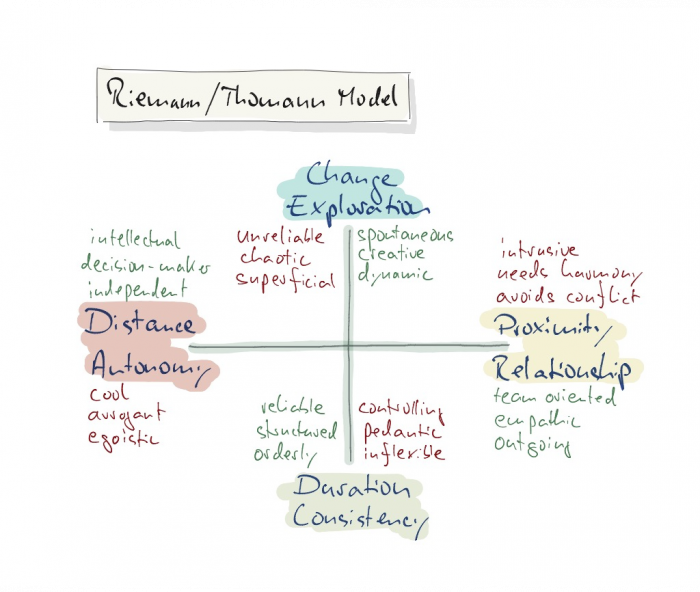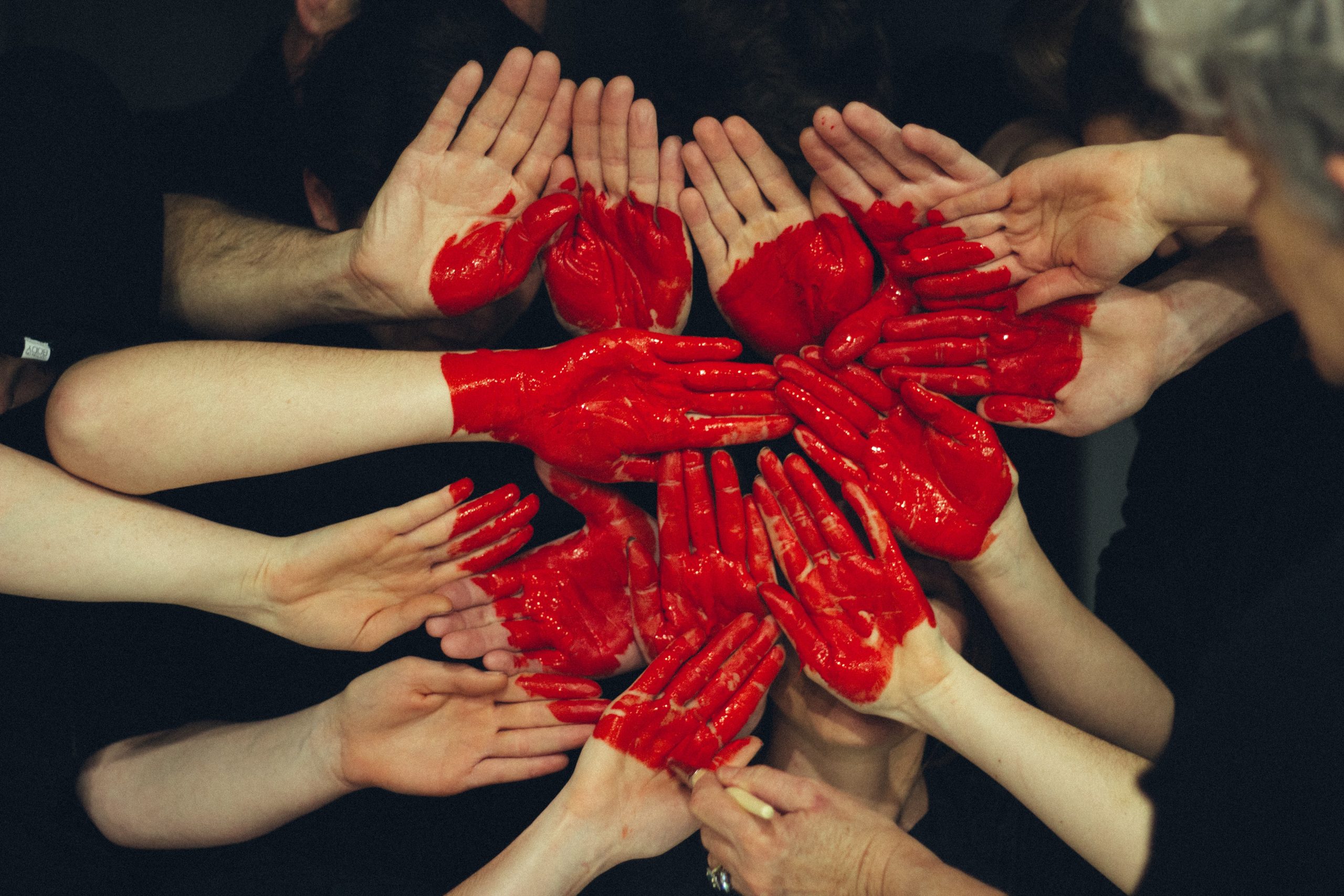THAT’S WHAT IT TAKES
What about the issues of closeness and distance – have you heard some staff members even less often than you do in the office because of the home office? Have the balance in your team turned upside down? Or is your Team consistently very productive even in this changed circumstances?
Why are people reacting so different in the ’new normal‘? Perhaps a look at the Riemann-Thomann model will help you to understand the behaviour of some employees. And it also gives you an insight into what you can do to manage your team well in the current situation.
HOW IT WORKS
First of all, a look at the Riemann-Thomann model helps to better understand people’s behaviour.
Here is a brief insight into the model:
Being able to determine people’s behaviour according to different typifications goes back to the famous philosophers and doctors of ancient Greece.
The Riemann-Thomann model divides the basic characteristics of people into four tendencies. In the most common cases, people have preferences from two of the possible four basic orientations. The categories of the Riemann-Thomann model consist of the following four traits:
- Closeness/Relationship: Employees are characterised by a desire for closeness to other people or communities. In their main behaviour and communication, and strong bond and group affiliations are very important to them.
- Distance: people with a preference in „distance“ are, in contrast to the proximity preference, very often determined by the desire for autonomy, independence, freedom and individuality in their behaviour.
- Duration: in this orientation, values such as stability, security, responsibility, punctuality, reliability and order are sometimes most important to the person.
- Change: people with a preference for „change“ are enthusiastic about everything new. They often have a lot of imagination and creativity and are often also very curious and open to new things.

If you now look at your team, try to divide your employees into the four quadrants. Where do you place each of them, and how do you determine this? Why is it good that you place yourselves in these quadrants… where is this characteristic more conducive, helpful and where is it more of a hindrance?
In times of uncertainty, like now, it can be more difficult for people with a high level of this characteristic in the long term than for people with a high level of this characteristic in change. It can be the same for employees with high values of closeness – for them, relationships and social contacts are more important than for colleagues with a high value of distance.
Against this background, you as managers can deduce on the one hand why the current situation is more difficult to deal with for some than for others. On the other hand, based on this, you can also derive measures that, for example, help people with a high level of „closeness-security“ to cope well with this time. Even employees with a preference for change may not be able to perform at their best under the current conditions because the home office prevents them from implementing necessary changes.
It is therefore important to assess the situation in your team individually and to talk about it.
And last but not least: Where do you stand? What are your main characteristics? How do you therefore cope with the situation
THIS IS WHAT YOU SHOULD PAY ATTENTION TO
Our tip is not to draw conclusions about others or to make generalisations. The model should help you to assess your team and, if necessary, to develop a better understanding of each other, not only among yourselves but also among the team members. We advise against general statements such as: „You are like this and like that, therefore you act like this and like that“. Use the tool as a basis to talk to your team and your employees and keep in mind which individual needs are in the foreground of your employees‘ behaviour. Diversity is the hallmark of the best teams – if you have the opportunity, always look for additions to your existing team when recruiting new staff!

